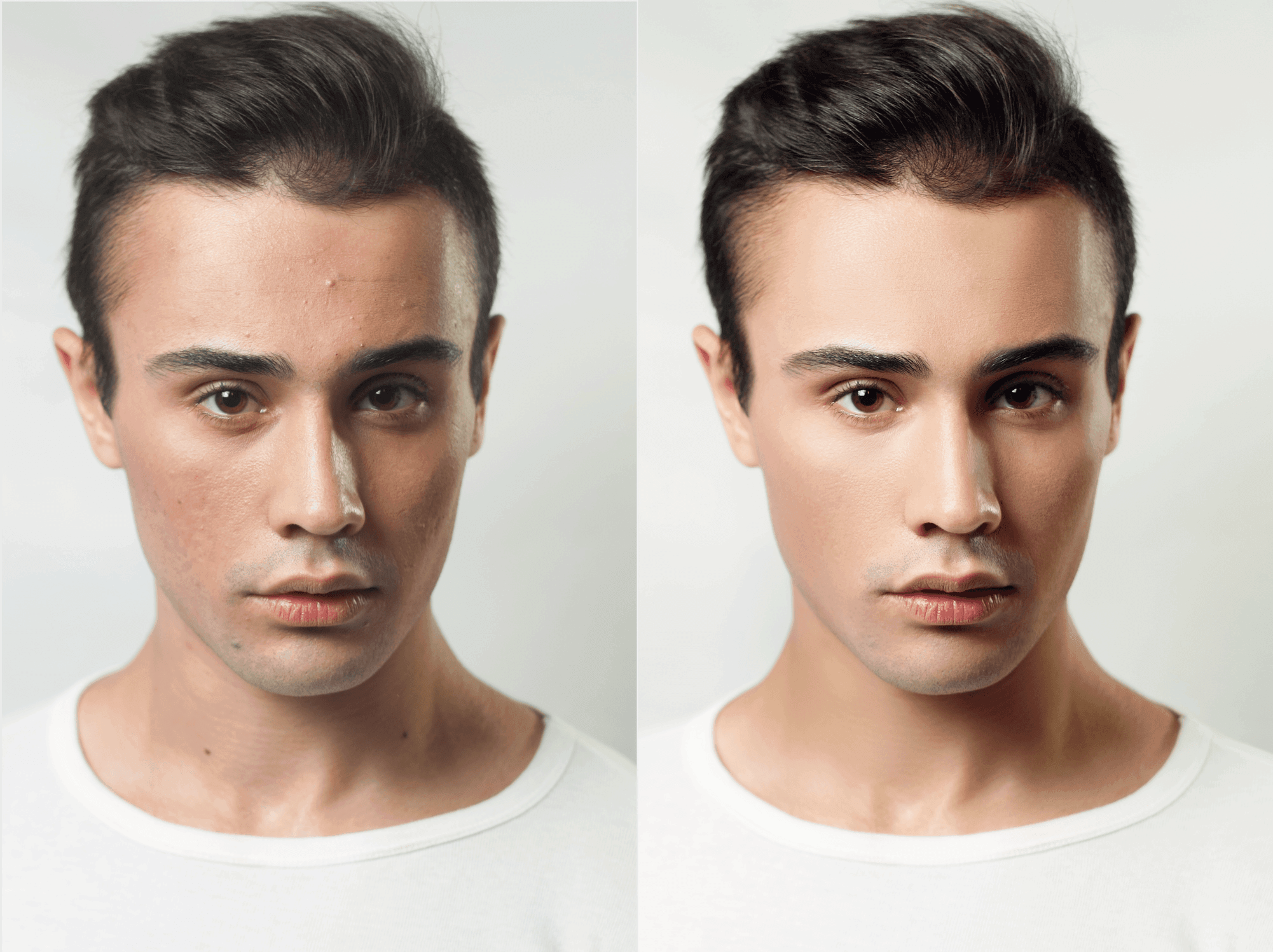 At some point in your life, you might begin to notice spots or lesions on your skin that you’ve never had before. If this is the case, you’re probably searching for information on how to get rid of milia, cherry angiomas, skin tags, and other similar skin conditions. There are a few different treatment options available, but hyfrecator treatments are our favorite approach at NOVA Plastic Surgery.
At some point in your life, you might begin to notice spots or lesions on your skin that you’ve never had before. If this is the case, you’re probably searching for information on how to get rid of milia, cherry angiomas, skin tags, and other similar skin conditions. There are a few different treatment options available, but hyfrecator treatments are our favorite approach at NOVA Plastic Surgery.
Are you curious about how a hyfrecator can be used for milia, cherry angioma, and skin tag removal? This blog post will highlight how a hyfrecator is used to treat common skin conditions, along with the reasons why we like to use one in our own Med Spa.
How a Hyfrecator Treats Skin Conditions
A hyfrecator is a tool that’s typically used to cauterize a wound and stop bleeding following an operation. However, a hyfrecator can also be very effective for treatment of milia, cherry angiomas, skin tags, sebaceous hyperplasia, dermatosis papulosa nigra (DPN), and other similar conditions. Although these skin conditions are mostly harmless, they can be upsetting to patients and difficult to get rid of.
What’s a hyfrecator treatment like? After a qualified clinician diagnoses the patient, we apply a topical cream to numb the skin and minimize discomfort during treatment. Patients may experience minimal discomfort, but the procedure is generally considered painless. If the patient’s skin type is category 3-5, we will also pre-treat skin with a bleaching agent before the procedure to make sure skin won’t darken following the hyfrecator treatment.
During the procedure, the hyfrecator—a small device with a pin in the center—is used to create a controlled micro-injury to burn off the individual skin lesions. Some patients will require multiple treatments, whereas others will achieve complete removal from one visit—it all depends on the severity of the skin condition that they’re dealing with.
Why We Like Hyfrecator Treatments at NOVA
Why do we like to use a hyfrecator for milia, cherry angioma, and skin tag removal? We encourage patients to explore hyfrecator treatments because they’re safe and minimally invasive, with very few associated risks. In fact, almost every adult who is diagnosed with this type of skin condition is a good candidate for a hyfrecator treatment. (The only exceptions are women who are pregnant or breastfeeding and any patients who use a pacemaker.)
Another reason why we like hyfrecator treatments is how effective they are. The procedure itself is simple, and aftercare is as easy as using Vaseline during the healing period and not picking at the area to achieve optimal results. Patients typically see full results within two weeks, at which point the treated lesions will crust and fall off—meaning goodbye unsightly moles and milia!
If you’re dealing with cherry angiomas, skin tags, milia, or another unwelcome surprise on your skin, a hyfrecator treatment might be exactly what you need to get them permanently removed. The best way to determine whether or not a hyfrecator treatment is a good fit for you is to consult with an experienced provider who can evaluate your unique situation and answer any questions you have about the procedure.

